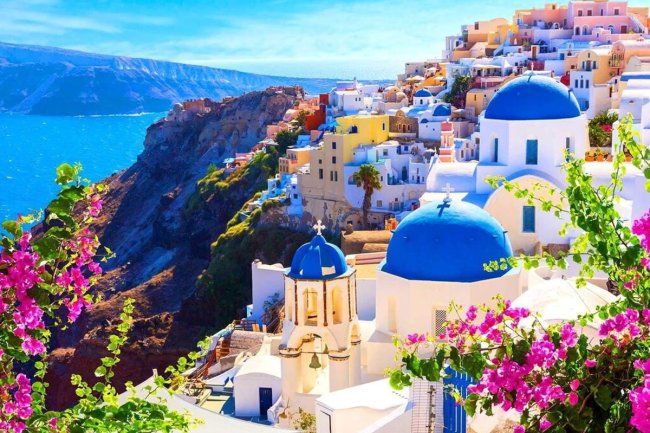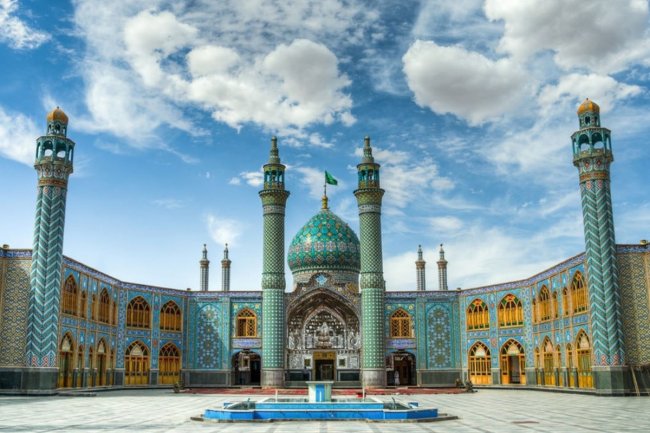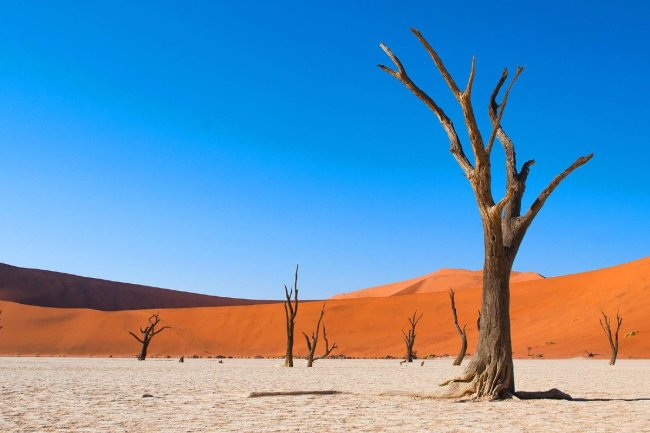Mysterious Saudi Arabia
Must-see places in the most closed country in the Middle East
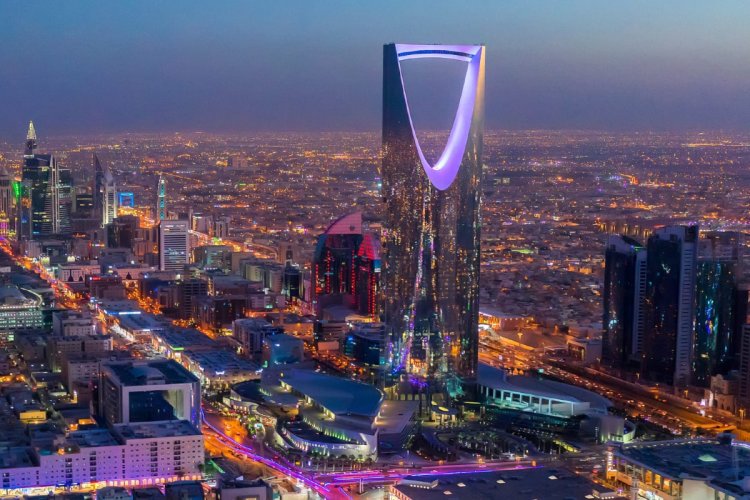
When talking about Saudi Arabia, the image of a mysterious kingdom where time flows in a special way comes to mind. This is a country where ultra-modern technologies are amazingly combined with centuries-old traditions, and rapid progress does not disturb the fragile harmony of ancient customs.
Until recently, this state remained closed to most travelers, preserving its identity behind high walls of conservatism. But today the doors of the kingdom are gradually opening, allowing guests from all over the world to get acquainted with its unique heritage. Now everyone can see how a new stage in the history of this amazing country is being born under the scorching sun of the Arabian Peninsula.
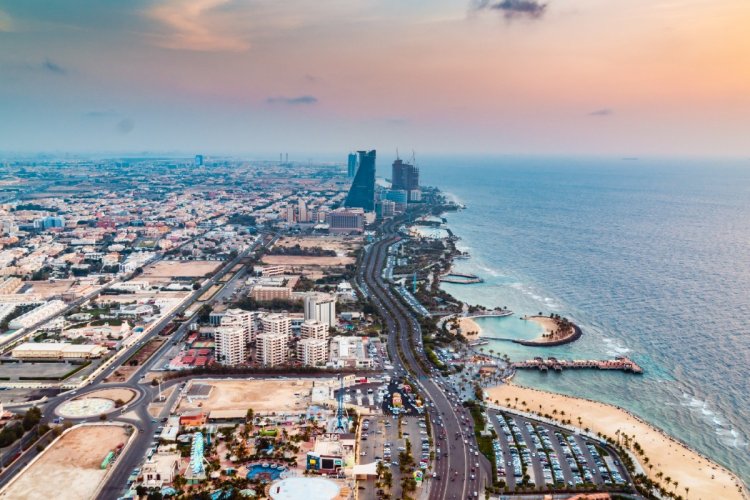
Journey through Saudi Arabia offers a rare chance to witness both past and future simultaneously. Amid endless seas of sand, glass skyscrapers rise like mirages, their gleaming facades mirroring ancient desert landscapes unchanged since time immemorial. Beneath the shadows of modern shopping malls, centuries-old bazaars continue to thrive, where merchants still trade fragrant spices and exquisite fabrics as their ancestors did generations ago. And at the kingdom's spiritual heart lie sacred sites that have drawn millions of pilgrims across the ages - timeless beacons of faith preserved with reverence.
This is where millennia-old traditions meet visionary ambition, creating a cultural tapestry unlike anywhere else on Earth. The desert's eternal silence converses with urban energy, while ancestral wisdom walks hand-in-hand with futuristic dreams. Every moment here becomes a dialogue between what was, what is, and what will be.
Briefly about the Kingdom
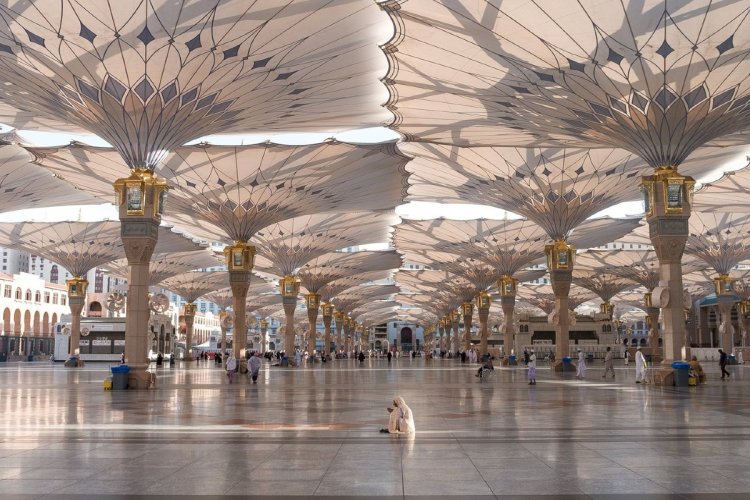
This kingdom holds a singular position on the Middle Eastern map, stretching across the Arabian Peninsula as guardian of immeasurable treasures - not just oil wealth, but cultural riches spanning millennia. Beneath its modern prosperity lies a civilization carefully preserving layers of historical heritage that date back through the ages.
While globally renowned for its deep-rooted Islamic traditions, Saudi Arabia is gradually transforming. What was unthinkable yesterday - cinemas, concert halls, resort beaches - has become today's reality. Yet these changes unfold thoughtfully, as if the nation is trying on modernity's new garments while still cherishing its traditional attire, blending innovation with cultural continuity in careful measure.
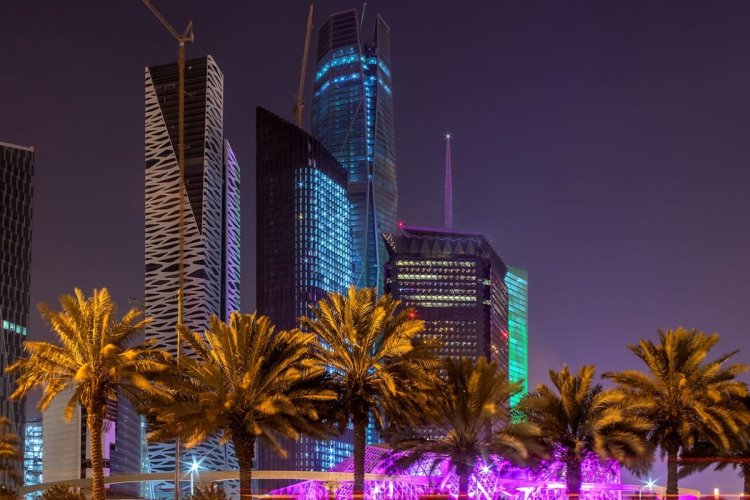
Just a few years ago, only select pilgrims visiting Islam's holy sites could enter this land. Since 2019, the situation has changed dramatically: visa policies have become more open, and now the kingdom's doors (with rare exceptions) are accessible to travelers from around the world. It's as if a giant has awakened, only beginning to realize its tourism potential.
Nightclubs and alcohol remain prohibited—the kingdom safeguards its moral foundations. Yet for true connoisseurs of culture and history, an endless field of discovery opens here. From ancient Nabatean monuments to the majestic mosques of Mecca and Medina, every stone breathes with history, every landscape tells its own unique story.
What is the best time for the visit?
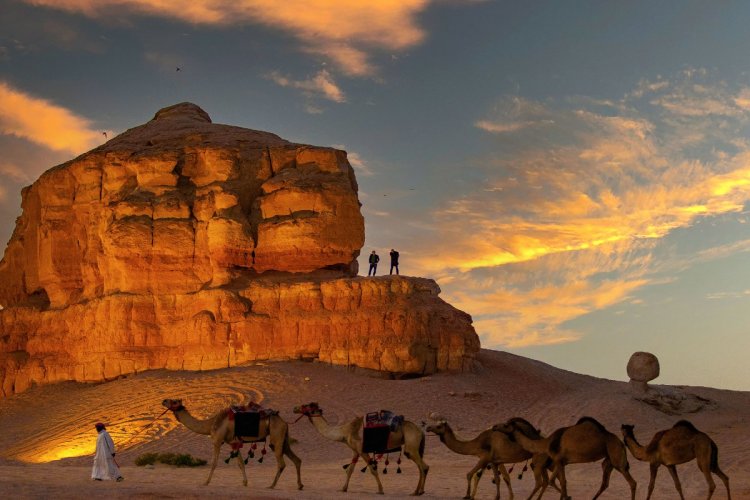
When planning a visit to Saudi Arabia, special attention should be paid to seasonal climate patterns. The kingdom greets visitors with dramatically different weather conditions depending on the time of year - ranging from exhausting summer heat to winter coolness that feels unusual for a desert region.
The summer period from May to September turns most of the country into a scorching hotplate. Temperature records are broken during these months, with some areas reaching up to +50°C (122°F). The dry desert air makes staying outdoors not just uncomfortable, but sometimes downright hazardous to health. Only in the cooler mountainous regions of Asir and Al-Baha does a relatively mild climate persist, with temperatures not exceeding +30°C (86°F).
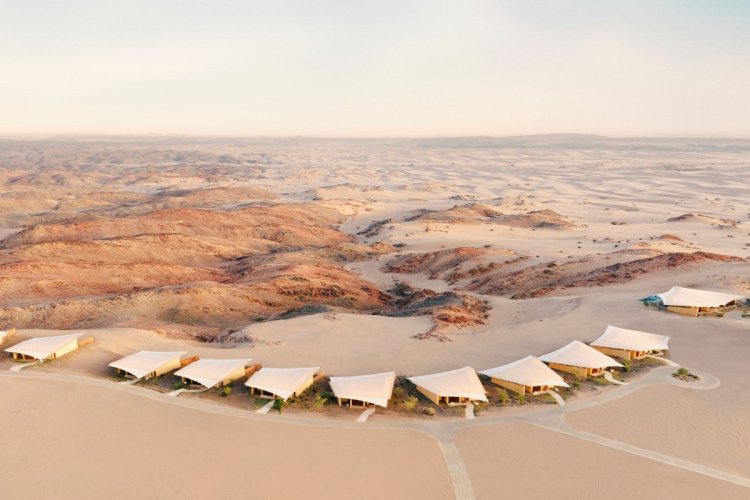
The true gift for travelers comes between mid-October and April. During these months, daytime temperatures remain at a comfortable +22°C to +27°C (72°F-81°F), allowing for leisurely exploration of sights. Evenings bring a pleasant coolness around +6°C (43°F), serving as a reminder that even deserts experience their own version of «winter».
Two weather phenomena deserve special mention: From December through January, the kingdom experiences a brief rainy season, while February and March bring sandstorms. These powerful winds carrying clouds of sand from the desert's depths can temporarily make being outdoors nearly impossible. However, severe storms aren't an everyday occurrence, and with proper planning they can easily be avoided.
Treasures of the Arabian Peninsula
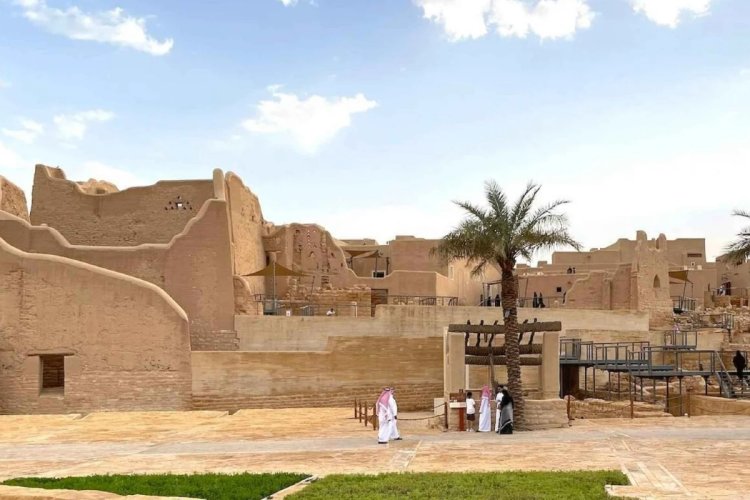
Saudi Arabia unfolds before travelers like a living kaleidoscope of wonders, where each region possesses its own unique character. From modern megacities to ancient towns, from sacred sites to natural marvels - the kingdom offers an endless variety of unforgettable experiences.
Riyadh, the capital, stuns with its contrasts - here futuristic skyscrapers stand side by side with historic districts, while traditional bazaars nestle in the shadows of gleaming shopping centers. The coastal city of Jeddah, known as the "Bride of the Red Sea," blends ancient coral houses with a modern waterfront promenade crowned by a fountain that soars higher than the Eiffel Tower.
The holy cities of Mecca and Medina hold special charm as spiritual centers of the Islamic world, drawing millions of pilgrims. Though Mecca remains accessible only to Muslims, Medina graciously opens its beauty to all visitors of the kingdom. These sacred sites pulse with centuries of devotion, their minarets telling silent stories of faith that has endured through generations.
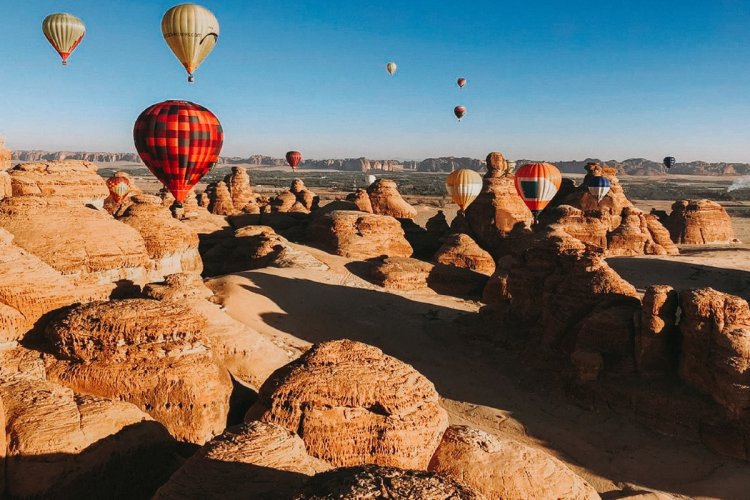
AlUla emerges as a true jewel - an open-air museum where whimsical rock formations bear witness to ancient civilizations. This extraordinary archaeological complex, framed by golden sands, transports visitors millennia back in time, with wind-carved canyons whispering forgotten stories of lost kingdoms.
To fully grasp Saudi Arabia's remarkable diversity, craft an itinerary spanning multiple regions. As you journey from city to city, watch the landscapes transform before your eyes: the glittering skyline of the capital gradually gives way to the Red Sea's turquoise embrace, while endless desert expanses unexpectedly bloom into lush mountain oases. Each destination reveals another facet of this astonishing kingdom - where seventh-century traditions seamlessly coexist with 22nd-century ambitions, and where every dune and wadi tells a story of endurance and reinvention.
Riyadh
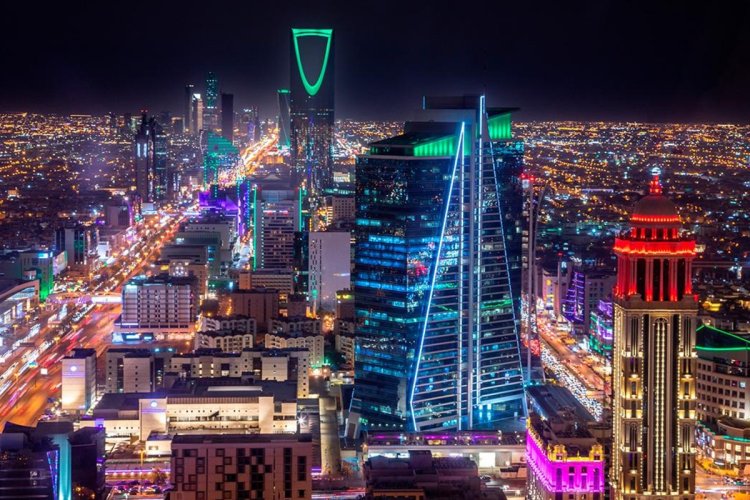
For most travelers, their introduction to Saudi Arabia begins here—in the heart of the kingdom, where international flights arrive. Riyadh greets visitors with a striking blend of Arabian tradition and modern ambition, offering a first—and unforgettable—impression of the country.
The city’s architectural icon is the futuristic Kingdom Centre, its curved silhouette now a symbol of Saudi Arabia’s new era. At a dizzying height of 297 meters, you’ll experience something extraordinary: a walk across its glass "Sky Bridge," revealing a panoramic view of the endless urban expanse. Below, the tower’s base buzzes with life—luxury boutiques and refined restaurants serving flavors from around the world.
As the sun grows milder, head to King Abdullah Park—the perfect place to absorb the rhythm of local life. Families gather for picnics, young people play football, and cozy cafés nestle in the shade of palm trees, offering cardamom-spiced coffee and dates. Here, the pulse of modern Saudi Arabia beats strongest.
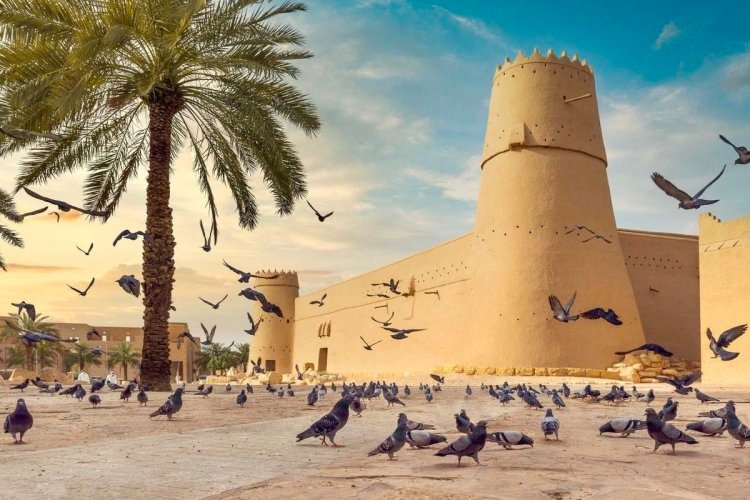
An extraordinary way to cap off the day is with a visit to the World Sights Park, where in just a few hours you can "travel" across the globe—from India's Taj Mahal to Paris's Eiffel Tower, from Istanbul's Blue Mosque to Egypt's pyramids. These masterfully crafted miniature replicas become particularly enchanting when illuminated by evening lights, creating a magical atmosphere.
Riyadh is truly a city of contrasts, where every corner tells a different chapter of Saudi Arabia's story—from its Bedouin roots to the oil boom, from deep-rooted religious traditions to modern entertainment. It’s the perfect starting point for discovering the kingdom, offering a glimpse into both its rich heritage and its dynamic future.
Mecca and Medina
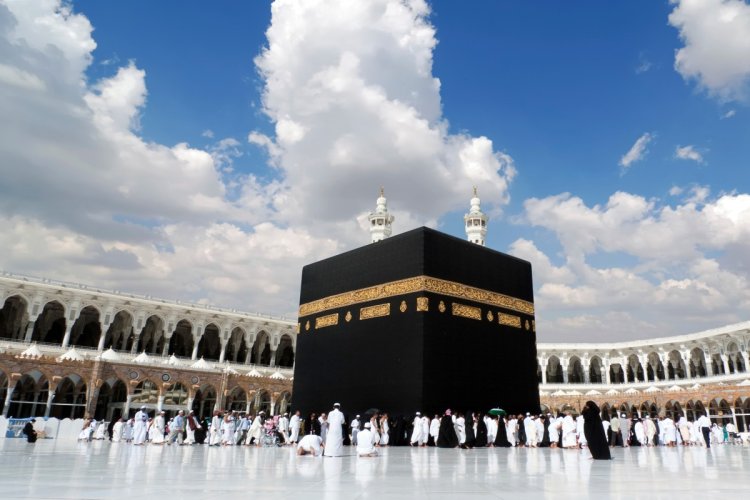
For the Muslim world, these two cities represent the spiritual center of the universe—a sacred destination toward which the hearts of believers have turned for fourteen centuries. Their significance cannot be overstated: here, Islam was born; here, the Prophet Muhammad received divine revelations; here, the destiny of an entire faith was shaped.
Mecca, the ancient city referred to in the Quran as the "Mother of Cities," holds within it the history of the Arabian Peninsula's spiritual transformation. Where a pagan sanctuary once stood now rises the Great Mosque of Al-Haram, at whose heart lies the Kaaba—the sacred black cube toward which Muslims worldwide pray five times daily.
The mosque’s surroundings present a striking contrast, where modern skyscrapers—including the towering Abraj Al-Bait Clock Tower, its massive dial visible across the city—stand as "gates to the heavens." Yet Mecca’s true miracle lies in its atmosphere of unity, as millions of pilgrims, clad in white ihram garments, merge into a single act of devotion.
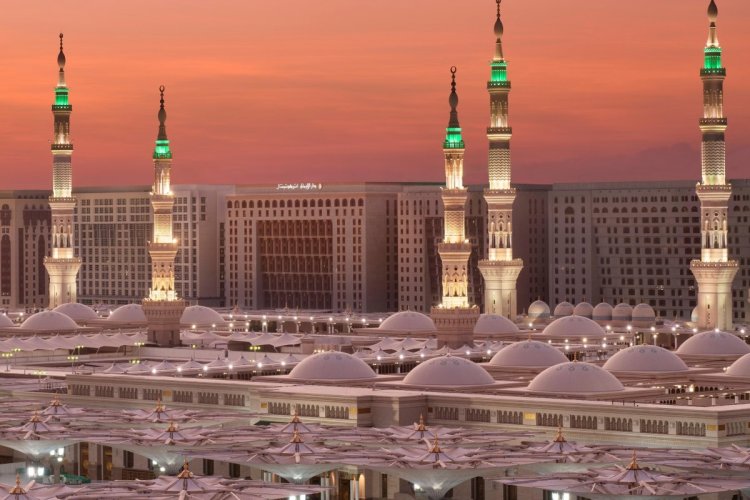
Medina, the second holiest city of Saudi Arabia, preserves the memory of a pivotal moment in Islamic history - the Hijra, the migration of the Prophet and his followers. It was here that the first mosque of Islam was built, here that the Muslim calendar began, and here that the foundations of the religion were finally established.
Unlike Mecca, Medina is open to all visitors of the kingdom. Walking through the city streets, one can see: the Prophet's Mosque with its distinctive green dome, historical sites associated with Muhammad's life, and enjoy unique architecture that blends tradition with modernity.
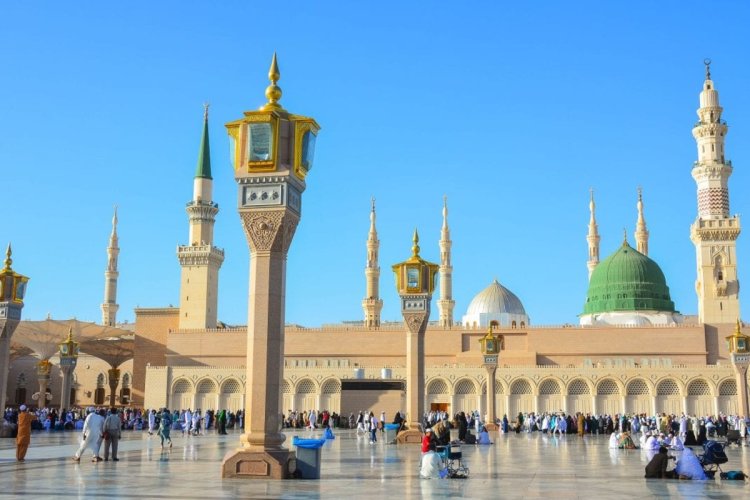
It is important to understand that Mecca maintains its exclusive status. Entry to the city is permitted only to Muslims, with pilgrims required to obtain special authorization and fulfill all ritual requirements. This rule is not merely a formality, but a way to preserve the sanctity of the site and ensure the safety of pilgrims.
Medina, on the other hand, offers a more open visiting format, allowing all guests of Saudi Arabia to experience Islamic heritage while respecting the religious sentiments of believers.
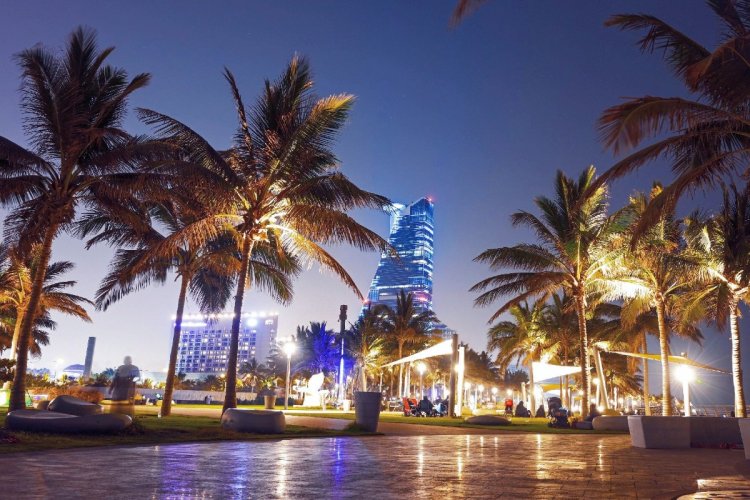
Nestled along the Red Sea coast, Jeddah embodies a remarkable fusion of Arabian traditions and cosmopolitan flair. This port city, often referred to as the "Bride of the Red Sea," truly stands out among Saudi cities with its unique vibrancy and comparatively relaxed social atmosphere.
Jeddah serves as a living showcase of Saudi Arabia's delicate balance between heritage and progress: families laugh together on beaches while cafes pulse with music, young Saudis in jeans and t-shirts mingle with women in abayas, and gleaming business towers stand in harmonious contrast with ancient coral houses.

At the heart of the city lies the Corniche, a 30-kilometer waterfront promenade perfect for evening strolls. Here, the majestic King Fahd Fountain shoots seawater 312 meters into the sky, while contemporary sculptures alternate with cozy park areas offering breathtaking views of Red Sea sunsets.
In the historic Al-Balad district, time seems suspended. Narrow alleyways wind past traditional latticework towers (mashrabiyas), centuries-old mosques, and spice markets filled with aromatic scents—all preserving the authentic essence of an Arabian port city. The elegant Al-Rahma Mosque (Floating Mosque) deserves special mention, its pristine white arches mirrored perfectly in the tidal waters of the shore.
AlUla
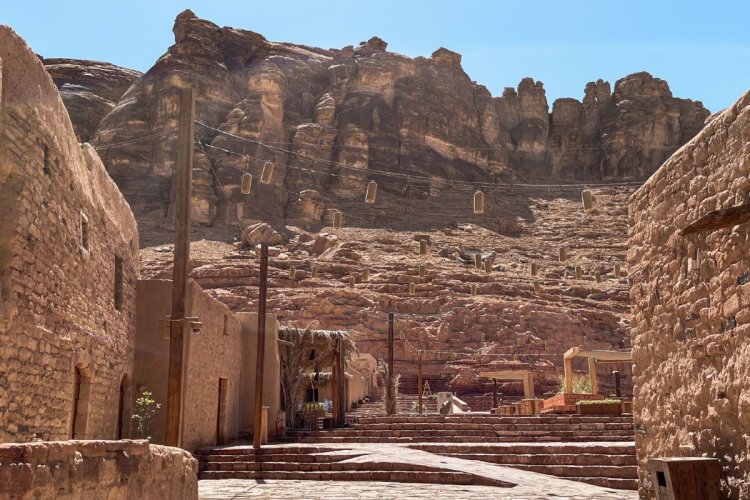
Here, nature itself has played the role of master artist, creating breathtaking landscapes that defy imagination. Towering rock formations of whimsical shapes, ancient canyons, and golden dunes compose picturesque scenes worthy of the greatest painters' canvases. Among these pristine vistas—reminiscent of the American Southwest—lie priceless remnants of bygone eras: tombs carved into sheer cliffs, majestic fortress walls, and mysterious ruins that whisper tales of long-lost civilizations.
At the heart of this open-air gallery stands a marvel of modern design—a mirrored structure whose reflective surfaces blur the line between human craftsmanship and the natural world. This architectural wonder has become an icon of harmony between heritage and innovation.
Since 2019, AlUla transforms each year during the "Winter at Tantora" Festival, when the desert awakens to melodies and celebration. The air thrums with laughter and applause as vibrant hot air balloons drift above golden sands, weaving magic into the atmosphere. During these days, this ancient land becomes a stage where cutting-edge performances converse with centuries-old traditions, creating moments where time itself seems to fold.
Lost Treasures of Arabia
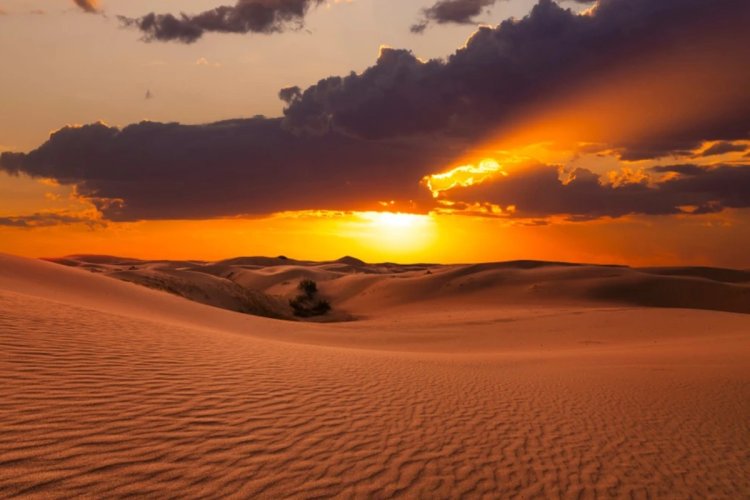
Beyond the well-trodden tourist paths, Saudi Arabia safeguards countless extraordinary places where the ancient spirit of this land can be felt most profoundly. The majestic Rub' al Khali (Empty Quarter), stretching across the kingdom's southern reaches, overwhelms the senses with its endless sea of sand. Among these golden dunes, sunrises and sunsets become pure magic—the sun paints the sands in countless hues, from delicate pink to deep crimson. And when night falls, the desert sky transforms into a dazzling celestial spectacle, revealing stars unseen in light-polluted cities.
Equally mesmerizing is the Wadi Al-Namr oasis, where cool waterfalls provide a refreshing contrast to the surrounding desert. The lush palm groves encircling these cascading waters feel like nature's miracle in this arid land—a sanctuary where the murmur of flowing water mingles with the whisper of palm fronds.
Very special world
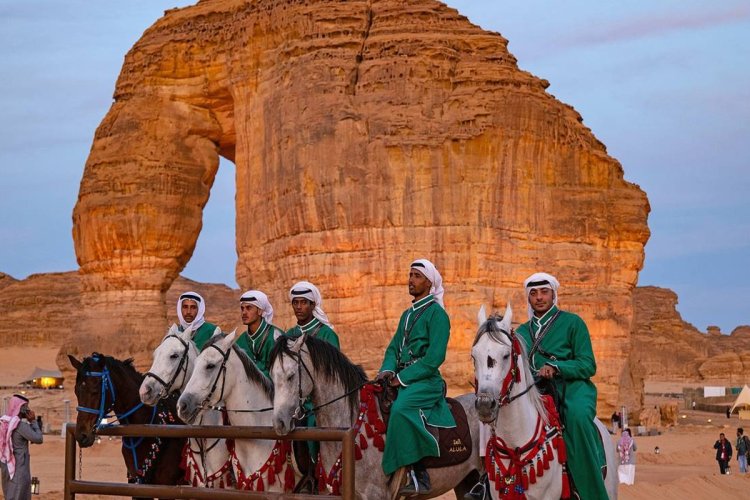
When visiting Saudi Arabia, it’s important to understand that beneath its modern transformations, the country remains deeply rooted in its traditions. Local customs may feel unfamiliar to foreign visitors, but respecting them is a sign of courtesy to your hosts.
Clothing and behavior should align with local norms: women typically wear abayas, while men should avoid overly revealing attire. Public displays of affection, loud conversations during prayer times, or photographing locals without permission may be seen as breaches of etiquette. The kingdom is particularly strict regarding alcohol—its import and consumption are entirely prohibited, extending even to products containing alcohol, such as certain candies or medications.
These rules are not mere formalities but part of a centuries-old way of life. Saudis are exceptionally hospitable to those who show respect for their traditions. With proper preparation and tact, your journey through this remarkable country will be truly unforgettable.
Embark on an unforgettable adventure through Saudi Arabia—a land where ancient traditions blend seamlessly with modern technology. Immerse yourself in the kingdom’s unique atmosphere while staying connected with loved ones via fedafone’s Saudi Arabia eSIM, sharing your experiences of the breathtaking dunes of the Rub’ al Khali, the mesmerizing landscapes of AlUla, and the cosmopolitan energy of Jeddah.
